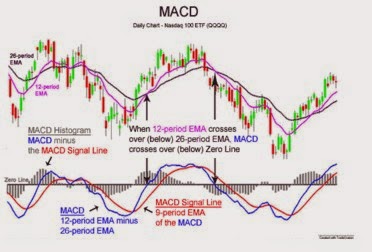Dimensional analysis is a conceptual tool often applied in physics, chemistry, and engineering to understand the physical state of the physical quantities that involve different. Dimensional analysis is routinely used in physics and engineering to check the accuracy of a decrease in the equation. For example, if a physical quantity has units of mass divided by unit volume decline but equality of outcome only load unit mass, the equation is not exactly clear. Just the same dimensionless quantities that can each be added, subtracted, or equated. If the magnitudes are different dimensions in the equation and each other is limited sign "+" or "-" or "=", the equation is not possible; The equation must be corrected before use. If the quantities of the same or different dimension multiplied or divided, the dimensions of these quantities are also multiplied or divided. If the amount raised to dimension, the dimension of these quantities are also raised to.
Dimensions, quantities, and unit
Dimensions of physical quantities are represented by symbols, such as M, L, T representing the mass, length (the possibility of an English term: length), and time (the possibility of an English term: time). As there is a derived unit which is derived from the base unit, there are basic dimensions of physical quantities of primary and secondary dimensions of scale derived from the basic dimensions of the primary. For example, the dimensions of magnitude speed is distance / time (L / T) and the dimensions of the force is mass × distance / waktu² or ML / T2.
Unit and a variable dimension of physics are two different things. The units of physical quantities defined by the agreement, relating to a particular standard (for example, the length scale can have units of meters, feet, inches, miles, or micrometer), but only one-dimensional length scale, namely L. Two different units can be converted to each other (example: 1 m = 39.37 in; 39.37 figure is referred to as a conversion factor), while no conversion factor between code dimensions.
Below is a table showing the dimensions and scale of seven basic units in the SI system.
